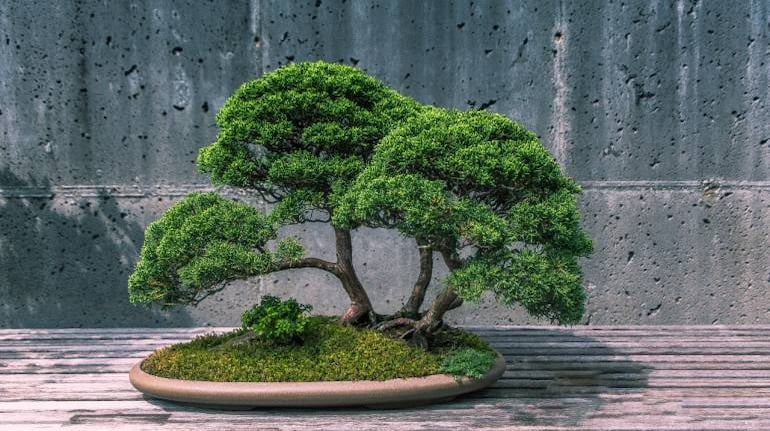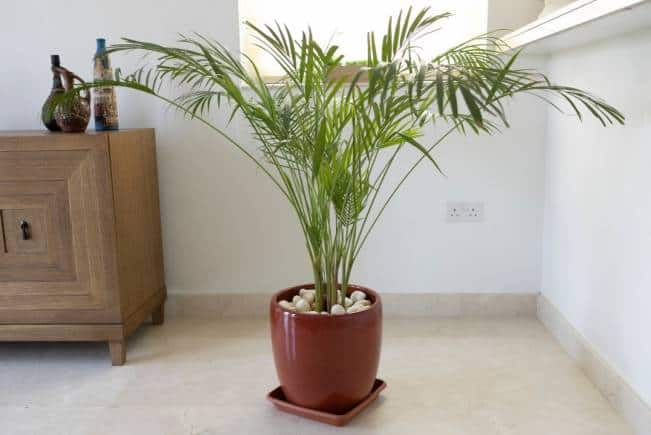



When it comes to adorning our homes, lush green plants are often regarded as symbols of life, growth, and good fortune. However, some plants carry a reputation for being harbingers of bad luck and negative energy. As per Feng Shui, these plants may make your home look prettier and brighter, but they are not always best suited to be grown inside your living space.
The idea of certain plants bringing bad luck is rooted in certain cultural and superstitious beliefs. While there is no scientific evidence to support these claims, it's always wise to be mindful of the cultural significance and historical context behind these superstitions. The key to enjoying these plants while maintaining a positive environment is to place them strategically and care for them thoughtfully.
We list here seven plants that might be unwittingly inviting bad luck into your home:
Also read: 5 things in your home that could be bringing you bad luck
1. Bonsai
While bonsai trees are appreciated for their artistic beauty and meticulous care, they are also associated with the risk of bad luck. Some cultures believe that trimming and shaping these miniature trees can disrupt the natural flow of energy. To mitigate this, consider placing bonsai trees in areas of your home where they won't be the central focus, allowing the energy to flow freely.
2. Cactus (Cactaceae)
 It is believed that the spines of cacti can act as energy absorbers, disrupting the harmony in your living space (Image: Canva)
It is believed that the spines of cacti can act as energy absorbers, disrupting the harmony in your living space (Image: Canva)
Cacti, with their sharp thorns and desert origins, are sometimes associated with negative energy in certain cultures. It is believed that the spines of cacti can act as energy absorbers, disrupting the harmony in your living space. To counter this belief, consider placing your cactus plants in less frequented areas or in a room where the energy flow is not as vital.
3. Weeping Fig (Ficus benjamina)
 According to many folklores, it can bring financial misfortune (Image: Canva)
According to many folklores, it can bring financial misfortune (Image: Canva)
The weeping fig can be a beautiful addition to your indoor garden. However, according to many folklores, it can bring financial misfortune. To avoid this, it is recommended to place this plant in well-lit areas with consistent care, which can help dispel any potential negative energy.
4. Cotton Plant (Gossypium)
Cotton plants are often associated with bad luck due to their historical connection with slavery and challenging agricultural practices. While it's essential to acknowledge this history, growing cotton indoors can be a symbol of reverence and learning from the past.
5. Tamarind (Tamarindus indica)
The tamarind tree is revered for its delicious fruit and culinary uses. However, some believe that it can carry negative energy. To counter this belief, keep the tamarind tree in a well-lit and well-ventilated space, allowing for better energy flow.
6. Bamboo Palm (Chamaedorea seifrizii)
 According to Feng Shui principles, it is best to avoid placing bamboo palm in the bedroom (Image: Canva)
According to Feng Shui principles, it is best to avoid placing bamboo palm in the bedroom (Image: Canva)
The bamboo palm, despite its attractive appearance, is believed to attract negative energy when placed in certain areas of the home. According to Feng Shui principles, it is best to avoid placing bamboo palm in the bedroom, as it can disrupt sleep and invite disharmony. Instead, consider keeping it in your living room or workspace.
7. Oleander (Nerium oleander)
 Oleander is known to be associated with bad luck in some cultures due to its negative nature (Image: Canva)
Oleander is known to be associated with bad luck in some cultures due to its negative nature (Image: Canva)
Oleander, with its vibrant flowers and evergreen leaves, can be a toxic beauty. This plant is known to be associated with bad luck in some cultures due to its negative nature. It's essential to handle oleander with care and keep it out of reach of children and pets.
Discover the latest Business News, Sensex, and Nifty updates. Obtain Personal Finance insights, tax queries, and expert opinions on Moneycontrol or download the Moneycontrol App to stay updated!
Find the best of Al News in one place, specially curated for you every weekend.
Stay on top of the latest tech trends and biggest startup news.